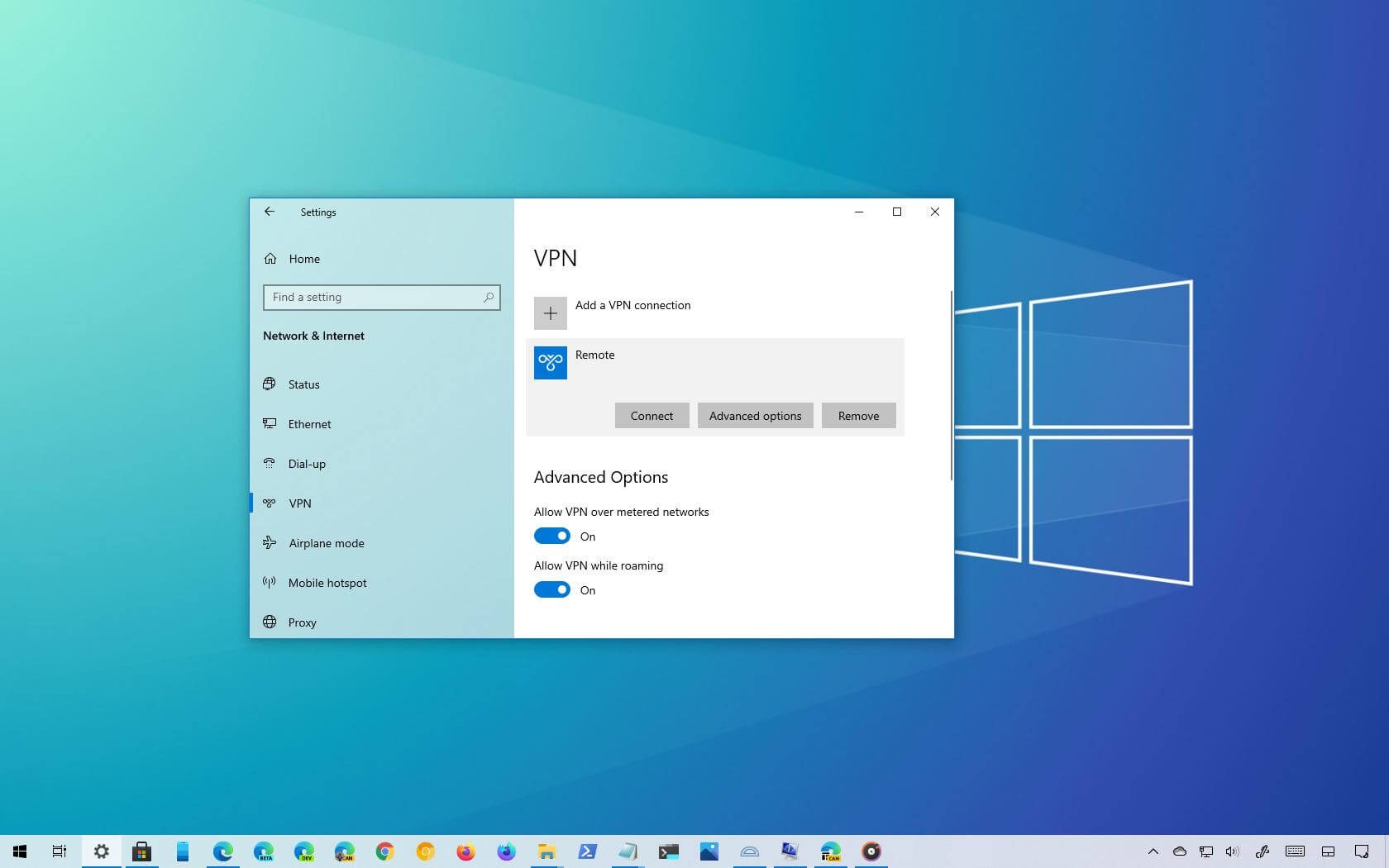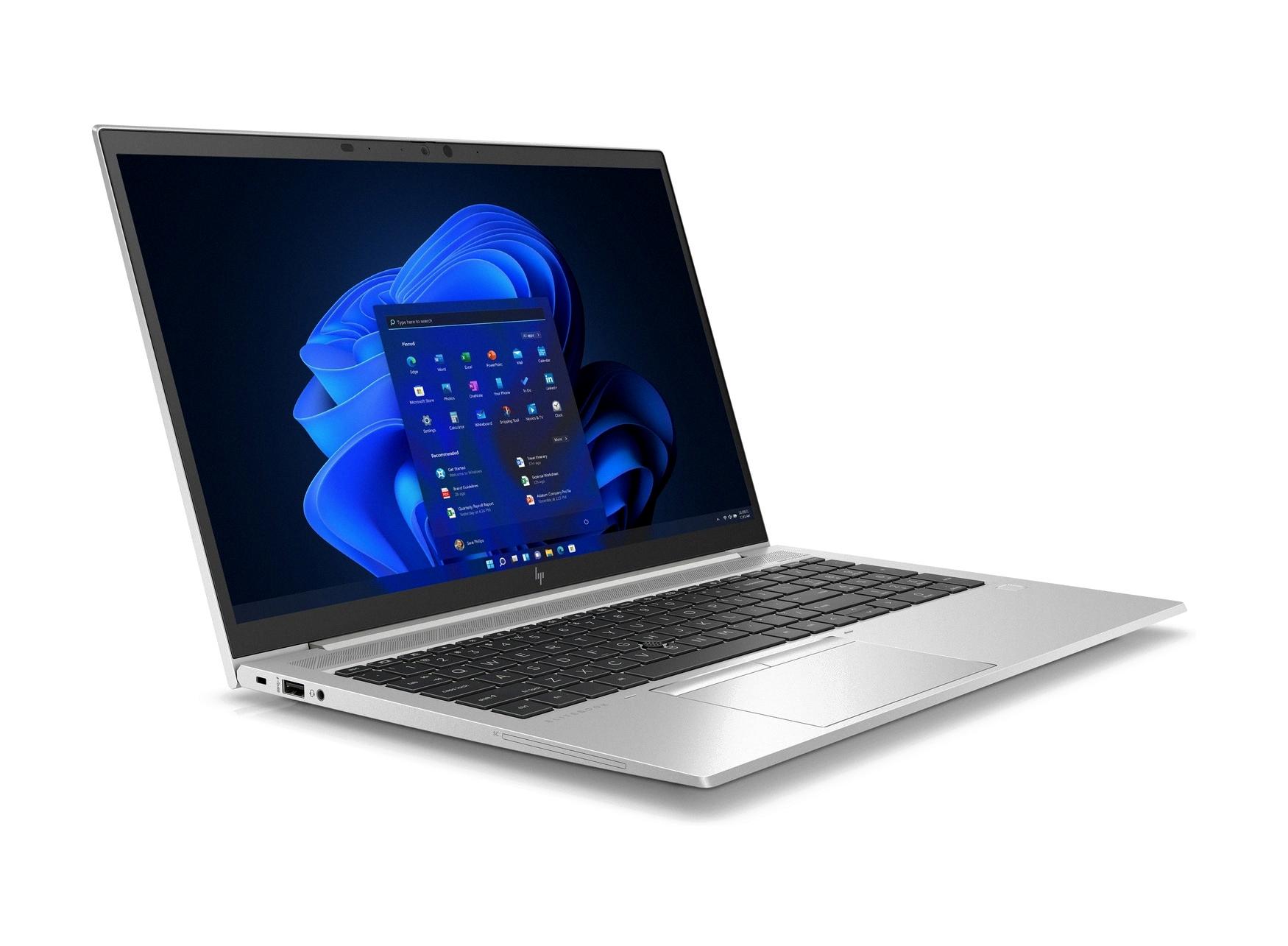If you’re looking for a secure way to access the internet, you need to consider setting up a VPN on your Windows device. A VPN (Virtual Private Network) can help protect your online privacy by encrypting all of your network traffic and hiding your IP address from websites and other services. Fortunately, Windows 10 comes with a built-in VPN client that is relatively easy to set up and use.
In this blog post, we’ll walk you through how to set up and use the built-in Windows 10 VPN client. We’ll also discuss the pros and cons of using the client compared to using a third-party VPN software package. Let’s get started!
First, open the Settings app by clicking on the Start menu and selecting “Settings” from the options. Then click on “Network & Internet” in the list of options that appear. On the left pane, select “VPN” under the “Network & Internet” section. Now click on “Add a VPN connection” in the right pane to begin setting up your connection.
Next, you will be asked to enter basic information about your new connection such as server name or address, type of sign-in info (username/password or certificate), etc. Make sure that you enter all information correctly as it will determine how secure your connection will be. Once all of this is entered correctly, click on “Save” at the bottom of the window to save your new connection settings.
Now that you have successfully created a new connection, it is time to connect to it. To do so, simply select it from the list of connections and click on “Connect” at the bottom of the window. If everything was entered correctly during setup, then Windows should establish a secure connection with minimal fuss or input required from you.
Using Windows 10’s built-in VPN client has some advantages over using a third-party software package such as increased security thanks to automatic updates provided by Microsoft’s servers or the ability to quickly switch between multiple connections without having to reconfigure settings each time. However, there are some drawbacks as well such as not supporting OpenVPN protocols or not having access to additional features offered by third-party software packages such as kill switches or split tunneling support.
Overall though, if you just need basic protection while browsing online then Windows 10’s built-in VPN client should suit most people’s needs just fine!

Does Windows Include a Built-in VPN?
Yes, Windows 10 does come with a built-in VPN service. The service supports three protocols for secure connections: L2TP/IPSec, SSTP, and IKEv2. While the operating system doesn’t support OpenVPN, these three protocols provide a secure connection and an easy setup process. If you need help setting up the VPN, Windows offers detailed instructions on its website.
Does Windows 10’s Built-in VPN Function Properly?
Yes, Windows 10 includes a built-in VPN client that allows you to easily connect to a virtual private network. It is important to note that the Windows 10 VPN client works with both PPTP and L2TP/IPsec protocols, and allows users to create secure connections to their networks. The VPN client also supports other authentication protocols such as EAP (Extensible Authentication Protocol) and Smart Card or Certificate-based authentication. Additionally, it is possible to use an SSTP (Secure Socket Tunneling Protocol) connection with manual configuration. Once configured, the built-in Windows 10 VPN client provides a secure connection between your device and the remote network.
Does Windows 11 Include a VPN?
Yes, Windows 11 does come with a built-in VPN client, but you’ll need to get your own server to use it. A Virtual Private Network (VPN) allows you to securely connect to the internet by encrypting your data and hiding your IP address. With Windows 11’s built-in VPN client, you can easily set up a secure connection that will keep your data safe. However, since Microsoft doesn’t provide you with a server, you’ll need to get one yourself. To ensure the best security, consider getting a quality VPN software package with tons of servers for you to choose from.
Is VPN Free on Windows 10?
Yes, VPN is free on Windows 10. There are a variety of free VPN services available for Windows 10 users, such as Touch VPN – the Secure VPN Proxy. Touch VPN is a free, secure proxy that allows you to access blocked websites and services and browse the web anonymously. It provides you with enhanced security and privacy protection by encrypting all your online activities and data. With Touch VPN, you can connect to any of its worldwide servers to access content from anywhere in the world with total privacy and anonymity. You can also use it to bypass censorship and restrictions imposed by some countries or ISPs.

Source: hp.com
Identifying If You Have a Built-In VPN
If you want to know if your device has a built-in VPN, the easiest way is to check the settings of your device. For PC users, open the WiFi settings and look for any VPN or proxy connections. If you see one there, it means that your PC has a built-in VPN. For Mac users, look at the top status bar on your screen. If you see a black box with four grey lines and one white line, this means that you have a built-in VPN set up on your Mac. However, if this box is not present, then it means that you don’t have an active VPN set up on your Mac.
Setting Up a VPN on Windows 10
Setting up a VPN on Windows 10 is a fairly straightforward process. To get started, click the Windows Start button and select the Settings cog. Under Windows Settings, select Network & Internet. From there, select VPN from the left menu and then at the right click Add a VPN connection. In the dialog box that opens, set the VPN provider to “Windows (built-in)” and set the Connection name to “UWSP VPN”. Next, enter your server name or address in the Server name or address field – this should be supplied by your VPN provider. Select a VPN type – typically either PPTP or L2TP/IPsec with a pre-shared key – then enter your User name (supplied by your provider) and Password into their respective fields. If you want to use a certificate for authentication, you can click Advanced Settings and choose to upload one from your computer or retrieve one from a URL provided by your provider. When you’ve finished entering all of the necessary info, click Save and you’re good to go!








